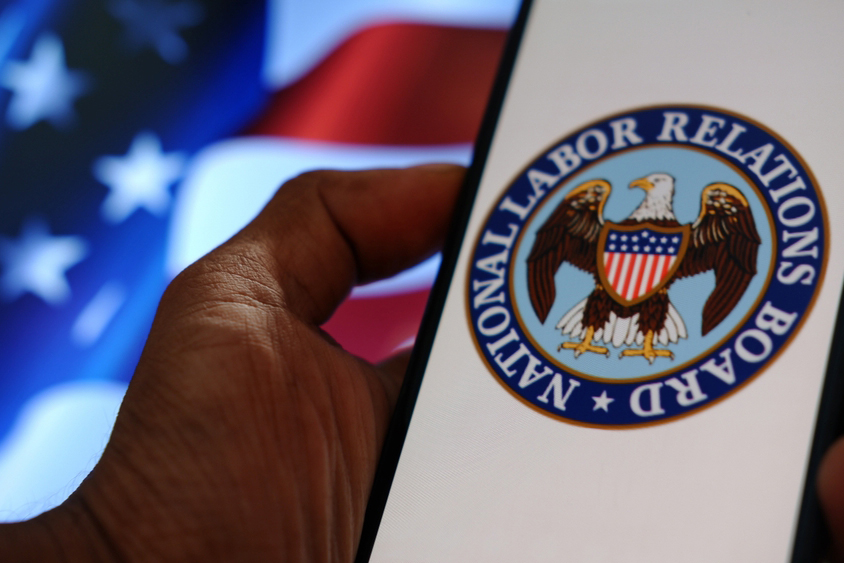In a ruling widely considered a victory for employers, the Supreme Court ruled 8-1 that the standards for assessing an application by the National Labor Relations Board (NLRB) for a 10(j) injunction should be the same as used in other civil injunction applications. Although widely anticipated as bringing harmony to an area with numerous “circuit splits,” the ruling will require the Board to be more thorough and persuasive than in past injunction proceedings, especially in this one involving Starbucks, currently the Board’s principal adversary.
Procedural Regularity
In legal terms, the Court rejected the “less exacting” reasonable cause test the NLRB had sought (and frequently used), holding instead that the agency must show it is “likely to succeed on the merits” of the underlying claim, whether the Board’s power to fix the violation will be “irreparably harmed” without an injunction, and that an injunction would serve the public interest.
Because the traditional procedural rules applied in other civil cases will be followed, evidentiary hearings and discovery will likely become commonplace, a process that will bring both more evidence and delay, which usually benefits employers. This is all the more true because there continue to be warring judicial decisions about the scope of discovery in NLRB proceedings (Leslie v. Starbucks, 2d Cir., May 2024 and Hamada v. Starbucks Corp., N.D. Ill, June 2024). Since injunctions are designed to bring a swift interim resolution to a matter pending formal adjudication (in this case, returning terminated employees to the job), the Court has all but insured the delays involved in all litigation—including discovery battles—may make this avenue of relief rarely useful to the NLRB.
This ruling was preceded by a similar ruling from the U.S. 2nd Circuit Court of Appeals, overturning a lower court decision imposing a broad cease-and-desist order sought by the NLRB against Amazon. In another case growing from a disputed termination, the appellate court held that in approving the order, the district court abused its discretion by issuing the order without explaining why it was “just and proper.” Poor v. Amazon. com Servs. LLC, 2d Cir., June 2024.
The judicial emphasis on procedural regularity and thoroughness is also at the core of the lengthy Space X case determining whether to adjudicate an injunction request by the NLRB or stay the matter until other claims are resolved—including Space X’s claim that the NLRB is unconstitutional. In Space X v. NLRB, the 5th Circuit ruled to continue the administrative proceeding, effectively rendering injunctive relief toothless.
FLSA Standards to Be Scrutinized
The NLRB is not alone in having its standards reviewed. The Supreme Court announced that it would hear a wage and hour case next term, providing the Court an opportunity to examine the standard by which an employer must show workers are exempt from overtime.
The employer asked the Court to review a 4th Circuit decision that found it needed to prove the exemption by clear and convincing evidence. This is a higher standard for success than in other civil trials, which is a preponderance of the evidence, or a greater likelihood than not that the employee’s allegations are true. The employer insists the 4th Circuit’s opinion reflects an outlier position and that six other circuit courts require employers to demonstrate exemption by a preponderance of the evidence.
The U.S. Departments of Justice and Labor agree and in an amicus brief argued that the 4th Circuit’s ruling was so obviously out of step with conventional evidentiary standards that the Court should summarily reverse without hearing oral arguments or issuing a detailed opinion. The Court did not elect that option.
With court challenges to the Department of Labor’s new overtime regulations brewing, the prospect of a Supreme Court decision on substantive procedural overtime matters—one year hence—will surely complicate the adjudication of the overtime case.
Written by the editors of the Federal Employment Law Insider.

